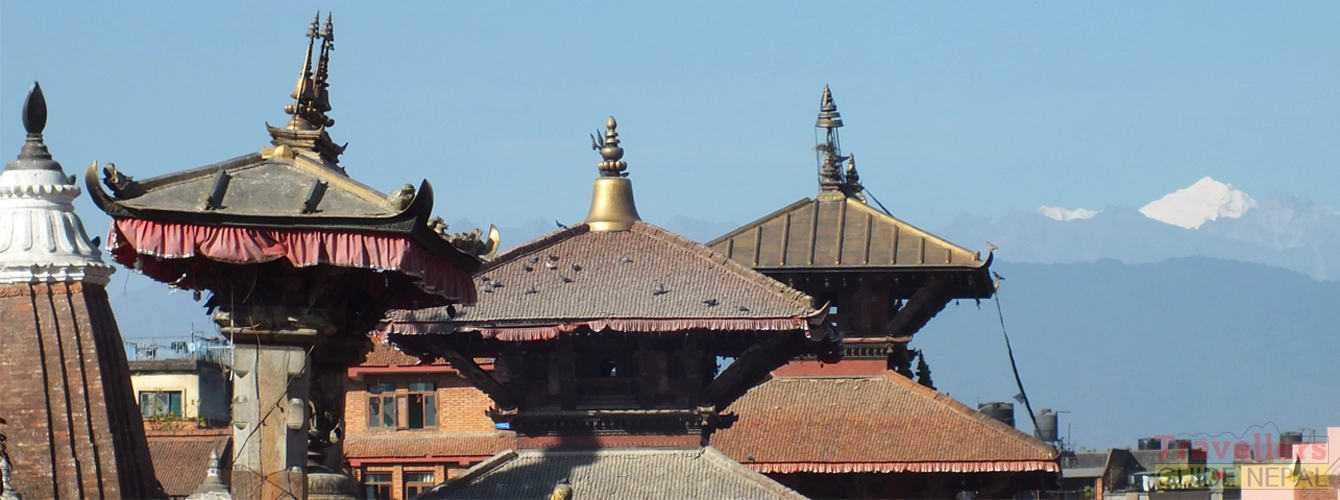
A typical Patan Day Tour often highlights the most famous attractions, such as Patan Durbar Square, the Golden Temple, and the Mahabouddha Temple. However, for travelers seeking a deeper connection with local life, ancient art, history, and culture, the city of Patan reveals an abundance of hidden treasures. This carefully designed Patan Day Trip Itinerary, offered by Blossom Expeditions, goes beyond the usual sightseeing. It takes you off the beaten path, guiding you through secret courtyards, vibrant local markets, and fascinating corners that most tourists miss.
This Patan Heritage Walking Day Tour invites you on an immersive journey through one of Nepal’s most historic and culturally rich cities. Revered as the “City of Fine Arts,” Patan is a living museum where timeless traditions, exquisite Newar craftsmanship, and the daily lives of local communities blend harmoniously. Unlike ordinary tours, this experience allows you to truly engage with the city’s heritage, exploring not only its grand monuments but also the authentic lifestyle of its people.
At the heart of the Patan Tour lies Patan Durbar Square, a UNESCO World Heritage Site renowned for its breathtaking temples, royal palaces, and ancient monasteries. Some of the most notable highlights include the Patan Museum, the beautifully crafted Krishna Mandir, the artistic Sundari Chowk, and the historic Taleju Bell. Each structure stands as a masterpiece of Nepal’s rich architectural heritage, reflecting the remarkable artistry and craftsmanship of the Newar community.
Moving beyond the main square, this Patan Walking Tour introduces you to the city’s profound spiritual heritage. Patan is home to the largest concentration of stupas and vihars in the entire Kathmandu Valley, making it a sacred hub for Buddhist culture. Key landmarks include the Golden Temple (Hiranya Varna Mahavihar), Mahabouddha Temple, Kumbeshwar Temple, Rato Machhendranath Temple, Minnath Temple, and Rudra Varna Mahavihar. Alongside these, countless smaller vihars, Hindu temples, and traditional courtyards narrate centuries of devotion, artistry, and cultural exchange.
The Day Tour also offers an intimate glimpse into the everyday life of the city. Walking through its bustling markets and colorful streets, you’ll encounter a lively blend of traditional Newari culture and modern vibrancy. The aroma of spices, the chatter of locals, and the sight of artisans at work create a vivid tapestry of experiences. By the end of your journey, you won’t just have memories of Patan’s famous landmarks but also a heartfelt connection to its timeless culture and Nepal’s living heritage.
How long does a Patan Day Tour usually take?
This customized Patan Day Tour typically lasts around 7 to 8 hours, giving you ample time to explore Patan Durbar Square, major temples, hidden courtyards, bustling local markets, and spiritual landmarks. It’s a full-day walking experience designed to immerse you in Patan’s cultural, artistic, and historical richness.
Is the Patan Day Tour suitable for all travelers?
Yes, the Patan Heritage Walking Tour is suitable for all types of travelers, including families, solo travelers, and cultural enthusiasts. Since it’s primarily a walking tour, a moderate level of fitness is recommended. However, we ensure there are plenty of resting spots, tea shops, and coffee breaks along the way, making it enjoyable and comfortable for everyone.
What is the best time to take a Patan Day Tour?
The Full Day Patan Tour can be enjoyed year-round, but the most ideal seasons are early autumn to late spring. During this time, the weather is stable, pleasant, and clear with blue skies, and many cultural festivals take place. Still, each season in Patan offers its own unique charm, making it a rewarding destination at any time of the year.
Begin your Patan One Day Tour with a hearty breakfast at your hotel before being driven to Patan Dhoka, the historic gateway into this ancient city. From here, your guided Patan Heritage Walking Tour begins, taking you through centuries-old temples, Buddhist monasteries, sacred courtyards, and lively local markets. This immersive journey offers an authentic glimpse into Patan’s cultural treasures and hidden gems.
Pimbahal Pokhari – A Peaceful Beginning
Our first stop on the Patan sightseeing tour is Pimbahal Pokhari (Jagamadu Pukhu), a tranquil 14th-century pond originally built for water storage and religious use. Today, it serves as a peaceful retreat surrounded by traditional Newar houses, an ancient Buddhist stupa, and temples. The square comes alive in the morning, making it a perfect spot to begin your exploration.
Lokakirti Mahavihar – Preserving Traditional Art and History
From Pimbahal Pokhari, we continue to Lokakirti Mahavihar, an ancient Buddhist monastery also known as Naka Bahi. Featuring intricate courtyards and traditional Newari architecture, this monastery has preserved its original layout despite centuries of neglect and earthquake damage. Visiting this site allows you to witness how Patan has kept its cultural and spiritual roots intact.
Bhaskar Varna Mahavihar & Nagbahal Square – Harmony of Faiths
Next, we arrive at Bhaskar Varna Mahavihar, a sacred monastery that beautifully illustrates the harmony between Hinduism and Buddhism in Nepal. The square is dotted with historic stupas, a newly built Buddha statue, and a Hindu temple. Just nearby is Nagbahal Square, a lively Buddhist courtyard neighborhood filled with shrines, prayer sites, and traditional Newar homes—perfect for experiencing the living culture of Patan.
The Golden Temple – Jewel of Newar Buddhist Culture
No Patan Heritage Tour is complete without a visit to the Golden Temple (Hiranya Varna Mahavihar). This 12th-century Buddhist monastery is one of Patan’s most famous landmarks, renowned for its golden facade, intricate wood and metal carvings, and stunning three-tiered pagoda design. Still an active religious site, the temple houses sacred images of Buddha and Avalokiteshvara, offering both spiritual depth and architectural splendor.
Kumbeshwar Temple – A Sacred Five-story Pagoda Temple
We then walk to Kumbeshwar Temple, a vibrant Hindu temple dedicated to Lord Shiva. Built in the 14th century, this five-tiered pagoda is one of the oldest in the Kathmandu Valley. Its sacred pond is believed to be connected to the holy Gosainkunda Lake in the Himalayas. Along with Bhaktapur’s Nyatapola Temple, Kumbeshwar is one of only two five-tier pagoda temples in the valley, making it a must-see Patan attraction.
Ashok Stupa – Traces of Emperor Ashoka
The walking Day Tour continues to Ashok Stupa, one of four ancient boundary stupas believed to have been built by Emperor Ashoka in the 3rd century BCE. Located near Yempy Vihar, the northern stupa is beautifully preserved, adorned with prayer wheels, resting platforms, and places for butter lamp offerings. It stands as a timeless reminder of Patan’s Buddhist heritage.
Yempy Vihar – Legacy of Guru Rinpoche
Next, we visit Yempy Vihar (also called Yempi Mahavihar or I-Bahi), a revered Buddhist monastery linked to Guru Rinpoche (Padmasambhava). It is believed that he saved his disciples from evil forces here and shared profound Vajrayana teachings. His influence spread deeply among the Newar community, making Yempy Vihar a vital center of Buddhist devotion and cultural continuity in Patan.
Saptapur Mahavihar & Akash Bhairav Temple
On the way to Mahabouddha Temple, we pause at Saptapur Mahavihar, also known as Chhyasa Hiti, where you can admire historic courtyards, stone water spouts, and centuries-old artistry. We also visit Akash Bhairav Temple, a sacred shrine dedicated to Bhairav, the fierce manifestation of Lord Shiva, worshipped by both Hindus and Buddhists alike. This stop reflects the deep interconnection of faiths in Patan’s heritage.
Authentic Newari Lunch Experience
During the Patan Heritage Walking Tour, we stop for an authentic Newari lunch experience, where you can taste a variety of traditional dishes. Delight your palate with local flavors such as Bara (lentil pancake), Yomari (sweet dumpling filled with molasses and sesame), spicy Choila, and the iconic Samay Baji platter, often enjoyed with a sip of Aila, the traditional homemade Newari alcohol. This culinary stop is not just a meal, but a delve into the living food culture of Patan.
Mahaboudha Temple – The Glorious Temple of a Thousand Buddhas
After lunch, we continue to one of the most iconic Patan attractions, the Mahabouddha Temple. Dedicated to Lord Buddha, this magnificent shrine is famously known as the “Temple of a Thousand Buddhas” because each brick is engraved with the image of Buddha. Inspired by the Mahabodhi Temple of Bodhgaya, its construction began under a devoted priest and craftsman, later completed by his family in 1601. Built in the distinctive shikhara style, the temple stands as a remarkable example of artistry, devotion, and cultural exchange, making it a highlight of any Patan Day Tour.
Rudra Varna Mahavihar – Artistry and Royal Legacy
The tour then takes us to Rudra Varna Mahavihar, also known as Uku Bahal, a historic Newar Buddhist monastery located just south of Mahabouddha Temple. Established in the 6th century, it is renowned for its exquisite wood and metal carvings. This sacred site once hosted the coronation ceremonies of the Malla kings, adding to its royal legacy. The monastery is composed of three courtyards, with the central Uku Bahal standing out as the most impressive. For travelers interested in Newar art, Buddhist culture, and Patan history, this stop offers an unforgettable experience.
Rato Machhendranath Temple – Guardian of Rain and Fertility
Next, we walk west to the Rato Machhendranath Temple, one of the most significant spiritual landmarks in Patan. Situated in the Ta Baha courtyard south of Patan Durbar Square, this temple is dedicated to Machhendranath, the rain-bringing deity worshipped by both Hindus and Buddhists. Built in 1673, the temple showcases a stunning three-tiered Newar pagoda design, adorned with intricate Avalokiteśvara carvings. The temple is also the focal point of the grand Rato Machhendranath Jatra festival, an event that reflects the deep religious unity and cultural vibrancy of Patan.
Minnath Temple – Protector of Patan’s Spiritual Traditions
Our journey continues to Minnath Temple, located in Tanga Baha near Rato Machhendranath Temple. Dedicated to Jatadhari Lokeshwara, also called Chakuwadyo or Minnath, this two-tiered shrine was rebuilt in the 17th century and holds profound cultural significance. During the annual Rato Machhendranath Jatra, the chariot of Minnath leads the procession, symbolizing his role as the protector of Patan’s spiritual traditions. Visiting this temple provides deeper insight into the rituals and festivals of Patan.
Local Markets – Craftsmanship and Daily Life
As we head toward Patan Durbar Square, we pass through the bustling local markets, where you can observe artisans at work, crafting metal statues, intricate wood carvings, and traditional jewelry. These markets reflect the daily life and artistic legacy of the Newar community. Exploring these alleys offers a true taste of authentic Patan culture and highlights why the city is regarded as a living museum.
Patan Durbar Square – The Heart of the City
Finally, we arrive at Patan Durbar Square, a UNESCO World Heritage Site and the cultural heart of the city. Surrounded by ancient royal palaces, intricately carved temples, and historic stone water spouts, the square is a masterpiece of Newar architecture. The former royal palace now houses the Patan Museum, where visitors can explore sacred artifacts and religious art.Highlights of the square include the Krishna Mandir, a Malla-era temple built entirely of stone; the Bhimsen Temple; the intricately carved golden window; and Sundari Chowk. Numerous statues of kings and artistically detailed palace windows further enrich the site’s charm. Patan Durbar Square is not just the main attraction of the Patan Day Tour but also one of the most remarkable heritage sites in Nepal, showcasing centuries of art, devotion, and craftsmanship.
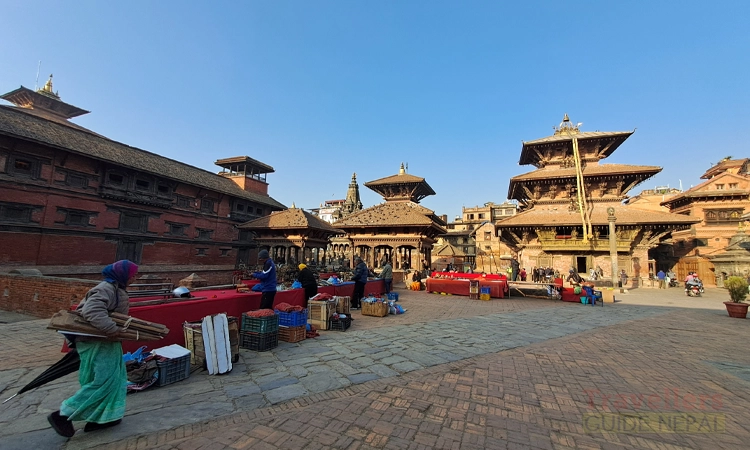
Are you ready to step back in time and uncover the living heritage of Patan?
Blossom Expeditions has carefully crafted a Patan Heritage Walking Tour Itinerary that blends history, spirituality, culture, and cuisine into one unforgettable experience. From ancient temples and sacred monasteries to bustling local markets and authentic Newari flavors, this guided tour offers the perfect way to truly experience Patan. Whether you are a history enthusiast, a culture seeker, or simply looking for the best things to do in Patan, this journey is designed to meet your interests and expectations.
Join us on the Patan Heritage Tour and discover the timeless charm of Patan city with Blossom Expeditions.
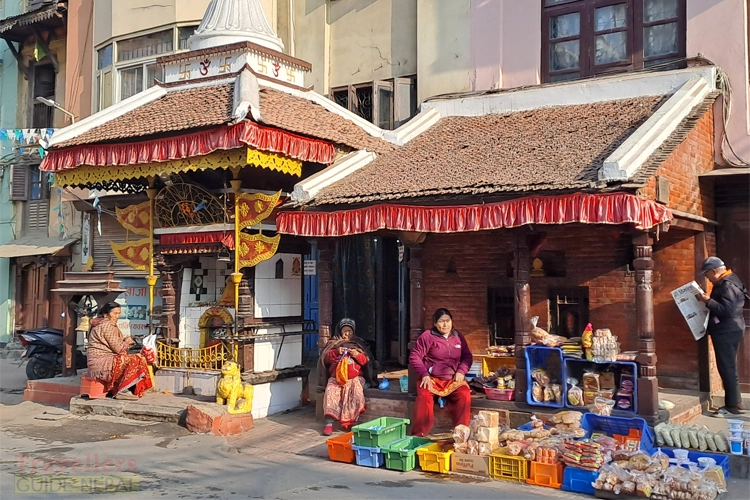
Blossom Expeditions
P.O. Box No. 21101, Kathmandu, Nepal.
info@blossomexpeditions.com
blossomexpeditions@gmail.com
www.blossomexpeditions.com
Tel: 977-01-4810388
WhatsApp/Viber. 977-9841454462
Facebook Page
Linkedin
Instagram
Patan Heritage Walking Tour
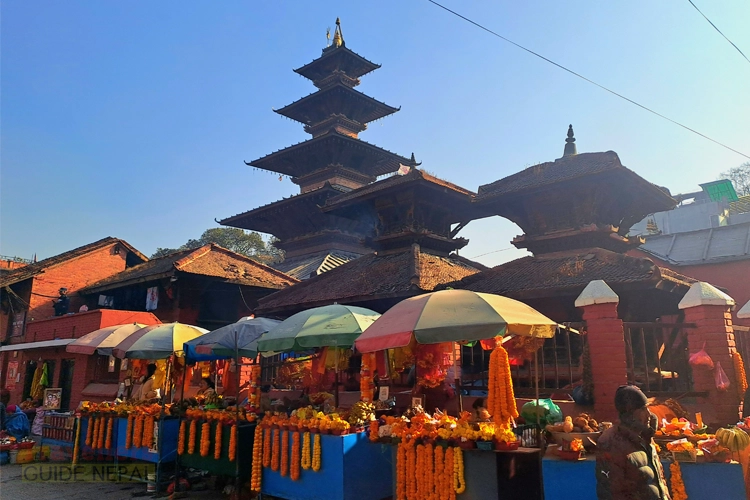
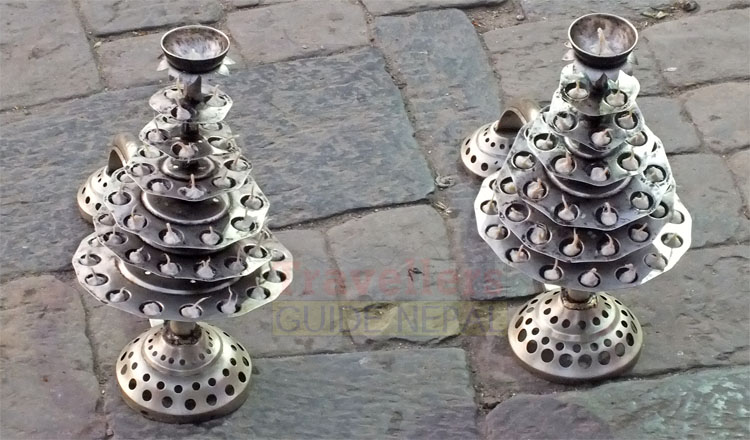
The Bagmati Aarti at Pashupatinath Temple in Kathmandu is one of the most mesmerizing and important rituals performed in the Hindu religion. The holy Bagmati river, which flows through the temple area, has great significance in Hindu beliefs. It is believed that taking a holy bath in the river will wash away one's sins. Aarti Puja is a Hindu ritual performed around the world...
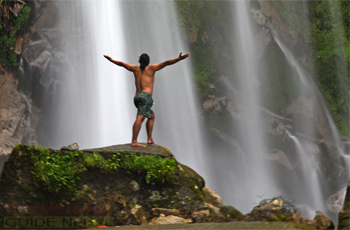
If you want to get rid of the hustling and bustling city for a while. Want to get lost in the beauty of nature for a while. Like to taste the local food, want to learn people's daily lifestyle of the countryside. The one or two-night trip to Kulekhani-Chitlang Village Tour can be suitable for you....
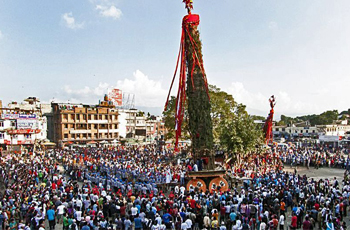
Bhoto Jatra ( Rato Machhendranath (Bunga Dyah) Jatra), a month-long celebration, and it is the Chariot procession of Rato Machhendranath Jatra. It takes place at Jawalakhel western side of Patan and displays a precious sacred Bhoto (Vest) to the public by the official. The festival was starting by King Narendra Deve (640-683 AD). Rato Machhendranath (Bunga Dyah) Jatr...
Comments